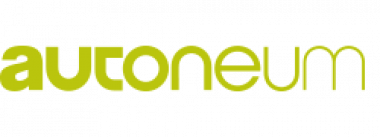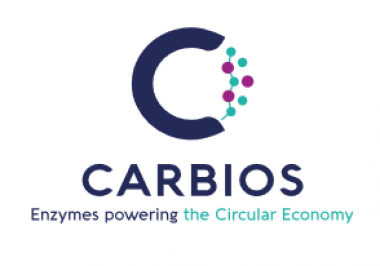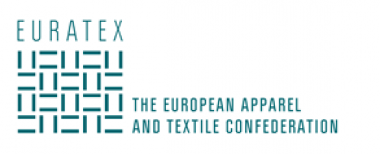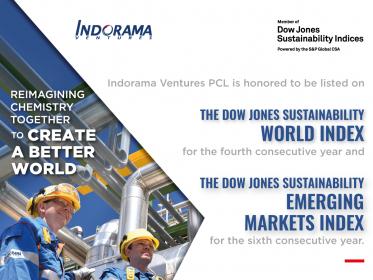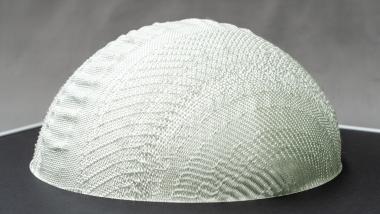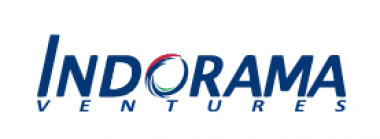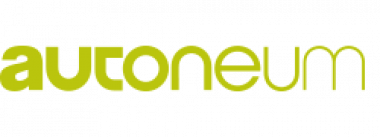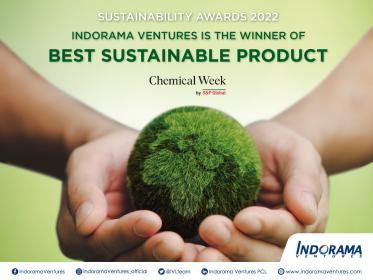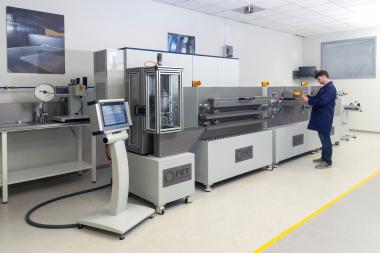SBTi approves science-based targets of Autoneum
The Science Based Targets initiative (SBTi) has approved Autoneum’s science-based emissions reduction targets. The validation by the SBTi is an important milestone in Autoneum’s efforts to reduce its direct and indirect greenhouse gas (GHG) emissions along the entire value chain.
Recognizing the serious environmental challenges facing the world today and the resulting need for rapid and significant reductions in global CO2 emissions, Autoneum has committed to reducing its absolute scope 1 and 2 GHG emissions by 20% by 2027 from a 2019 base year. The Company also commits to reduce its absolute scope 3 GHG emissions from purchased goods and services by 20% within the same timeframe. Autoneum’s GHG emission reduction targets were validated by the SBTi on January 12, 2023, and are in line with the goals of the Paris Agreement to limit global warming to well below 2°C. The Company is thus taking another important step toward a sustainable future of mobility.
An overview of all emissions reduction targets and activities implemented by Autoneum in 2022 will be published in the Company’s Corporate Responsibility Report 2022 on March 24, 2023.
Autoneum SBTi Science Based Targets initiative greenhouse gas emissions Sustainability
Autoneum Management AG


